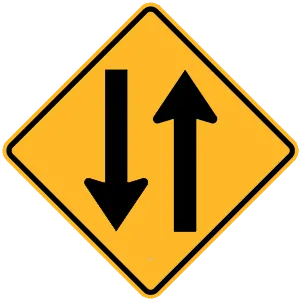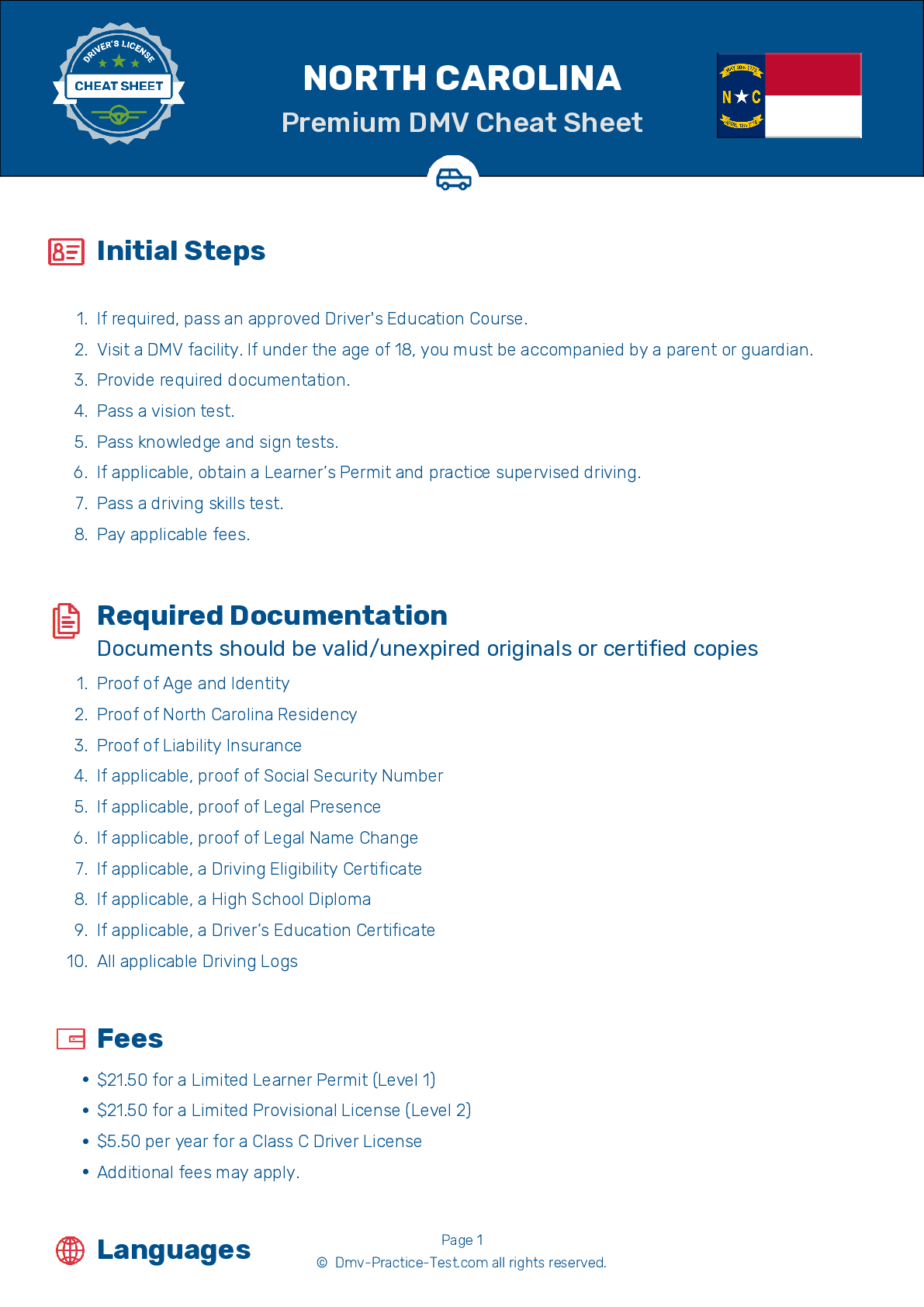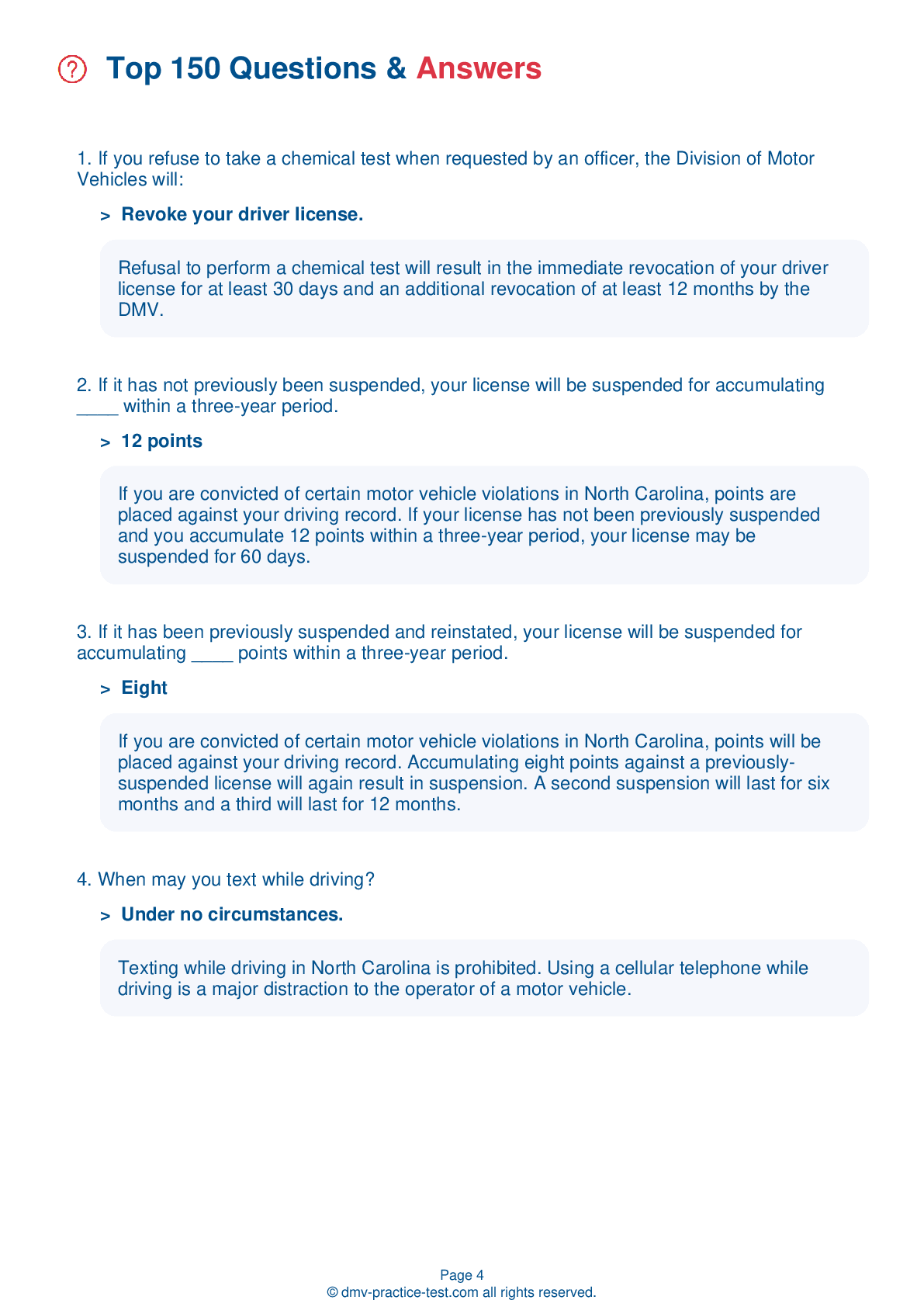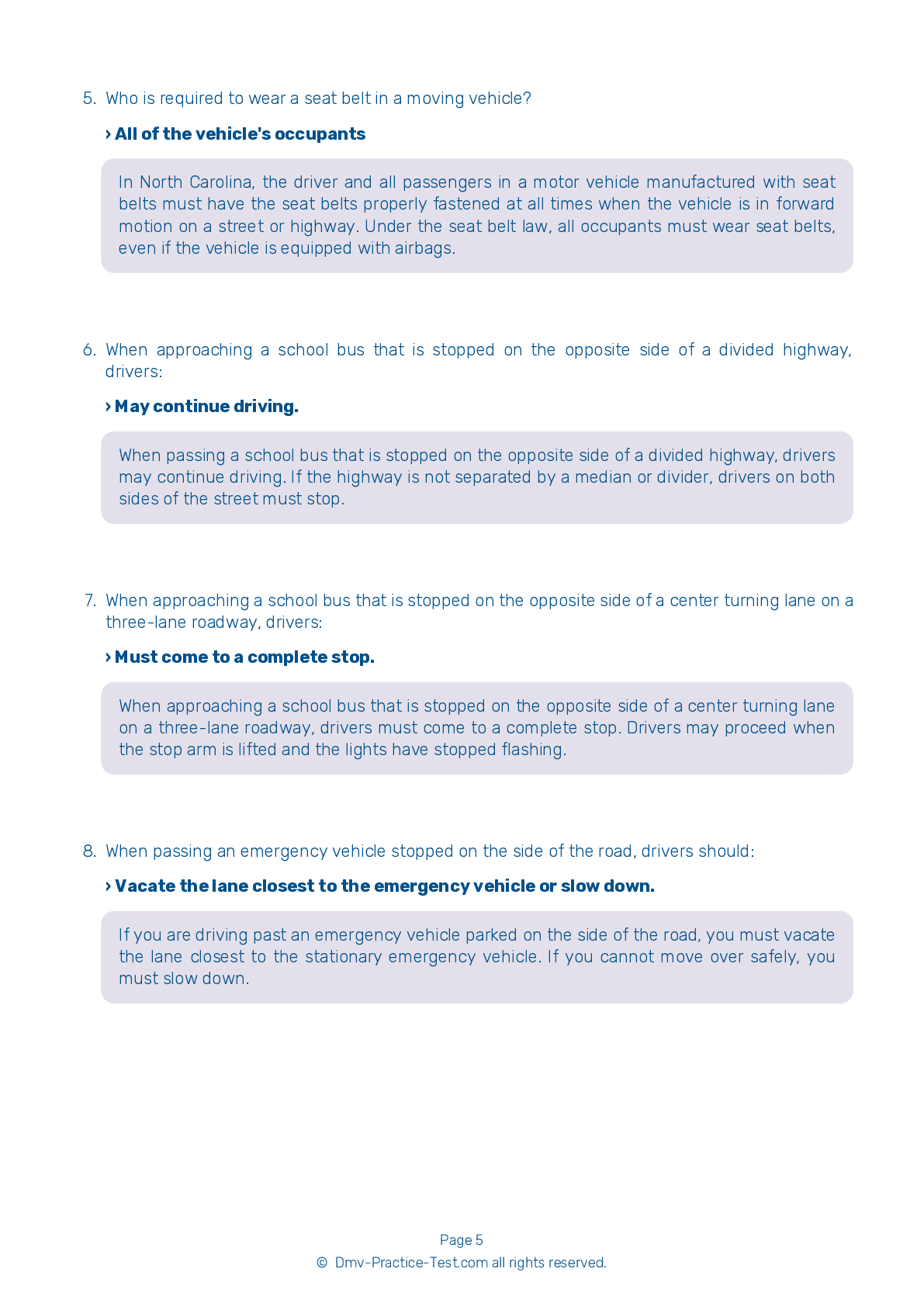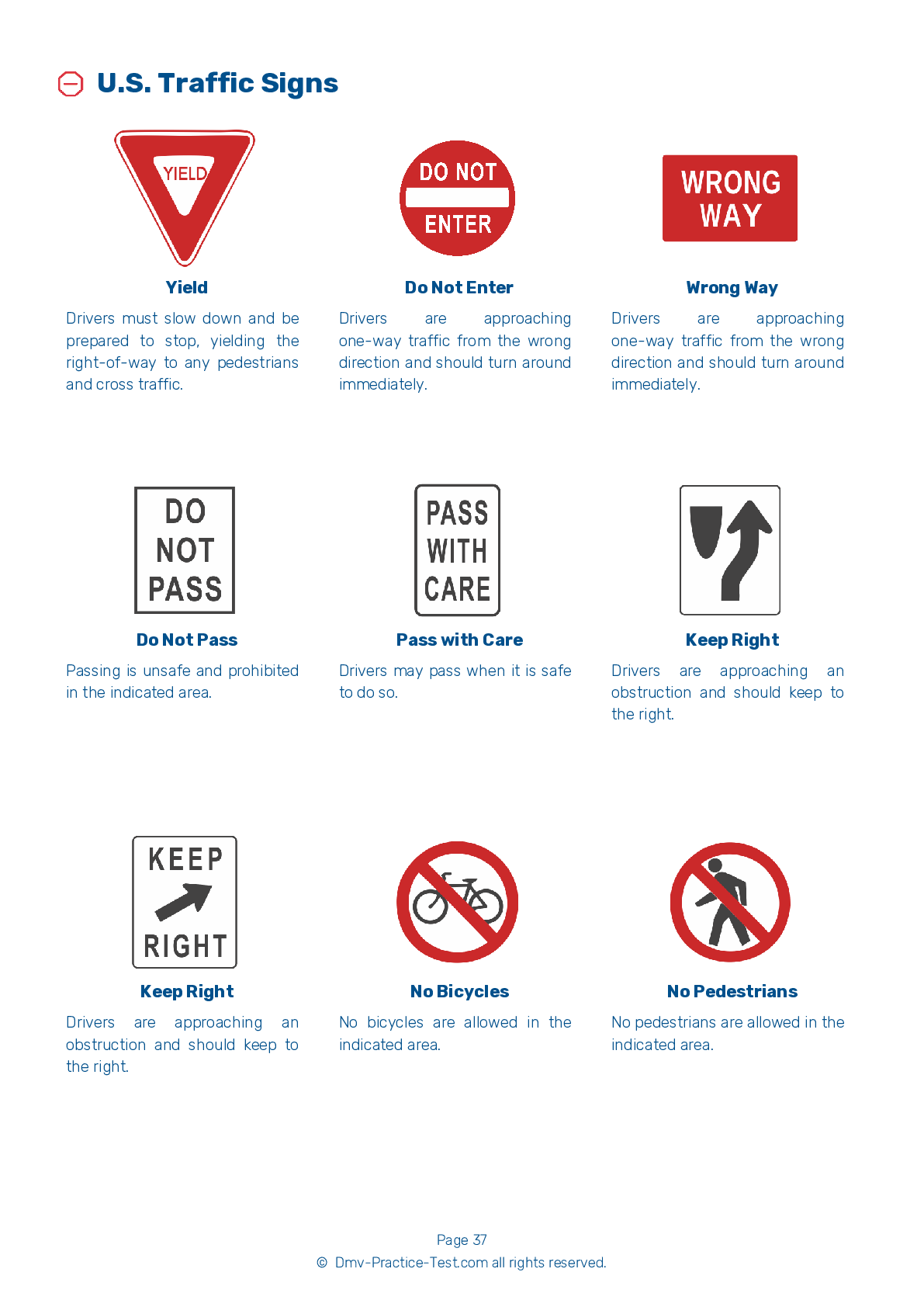FREE North Carolina DMV Practice Test #1
The DMV practise exams in North Carolina have been updated for January 2025. It includes questions based on the most important traffic signals and legislation in the North Carolina Driver Handbook for 2025. To study for the DMV driving permit test and driver's licence exam, use actual questions that are very similar (often identical!) to the DMV driving permit test and driver's licence exam.
Each question on the practise exam has a tip and explanation to help you recall the ideas. Questions about traffic rules, traffic signs, and driving statutes, as well as knowledge from the Driver Handbook, will be included in the written portion of the official North Carolina DMV test.
You must properly answer 32 of the 37 questions to receive a passing mark. To help you prepare for your instruction permit or driver's licence, take this practise test from the North Carolina Department of Motor Vehicles.
The DMV exam is offered in a variety of languages.
Using any form of testing help will result in an automatic fail, and the DMV may take further action against your driver's licence, so avoid it.
1 . You may cross solid yellow lines:
As a general rule, broken traffic lines may be crossed but solid lines may not. Solid yellow lines may be crossed only when the driver is making a turn.
2 . This sign means:
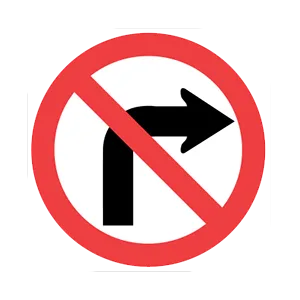
A sign with a red circle and slash over a symbol indicates that the action represented by the symbol (in this example, a right turn) is not allowed.
3 . When driving in rain, you must:
In rainy conditions, you should use your low beam headlights.
4 . The driver's left arm and hand are extended upward. This hand signal means that the driver plans to:
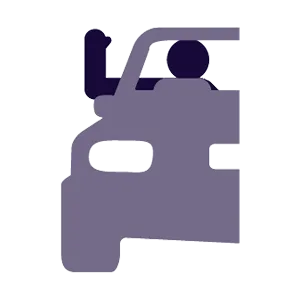
If a driver's left arm and hand are extended upward, they are indicating that they intend to turn right. Adjust your driving accordingly if following a driver who is using this hand signal.
6 . This sign is a warning that you are approaching:
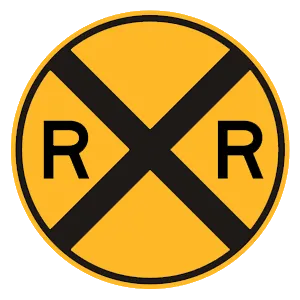
This sign indicates that you are approaching a railroad crossing.
7 . When driving at speeds of 45 mph or faster, you should signal to turn ____ before beginning the turn.
When you wish to change lanes or make a turn, signal to inform other motorists of your intentions. Signals should be activated at least 200 feet before you make the turn when you are driving at speeds faster than 45 mph. Continue signaling until you have completed the turn or lane change.
8 . When merging onto a freeway, it is usually best to:
When entering a freeway, use the on-ramp to accelerate to the speed of freeway traffic so you can blend in smoothly and safely. Entering traffic must yield to traffic already on the freeway.
9 . This sign means:
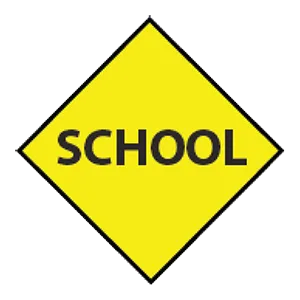
Warning signs are used to warn drivers about upcoming hazardous conditions and are usually yellow with black markings. This sign tells drivers that they are approaching a school zone and that they should slow down and watch for children.
See the exact questions that will be on the 2025 North Carolina DMV exam.
99.2% of people who use the cheat sheet pass the FIRST TIME
LT gives us an insight on how the cheat sheet provided her with all the study questions she needed before taking her test.
Joe initially studied with the handbook and failed his test, he eventually found us online, studied and pass his test the first time around.
